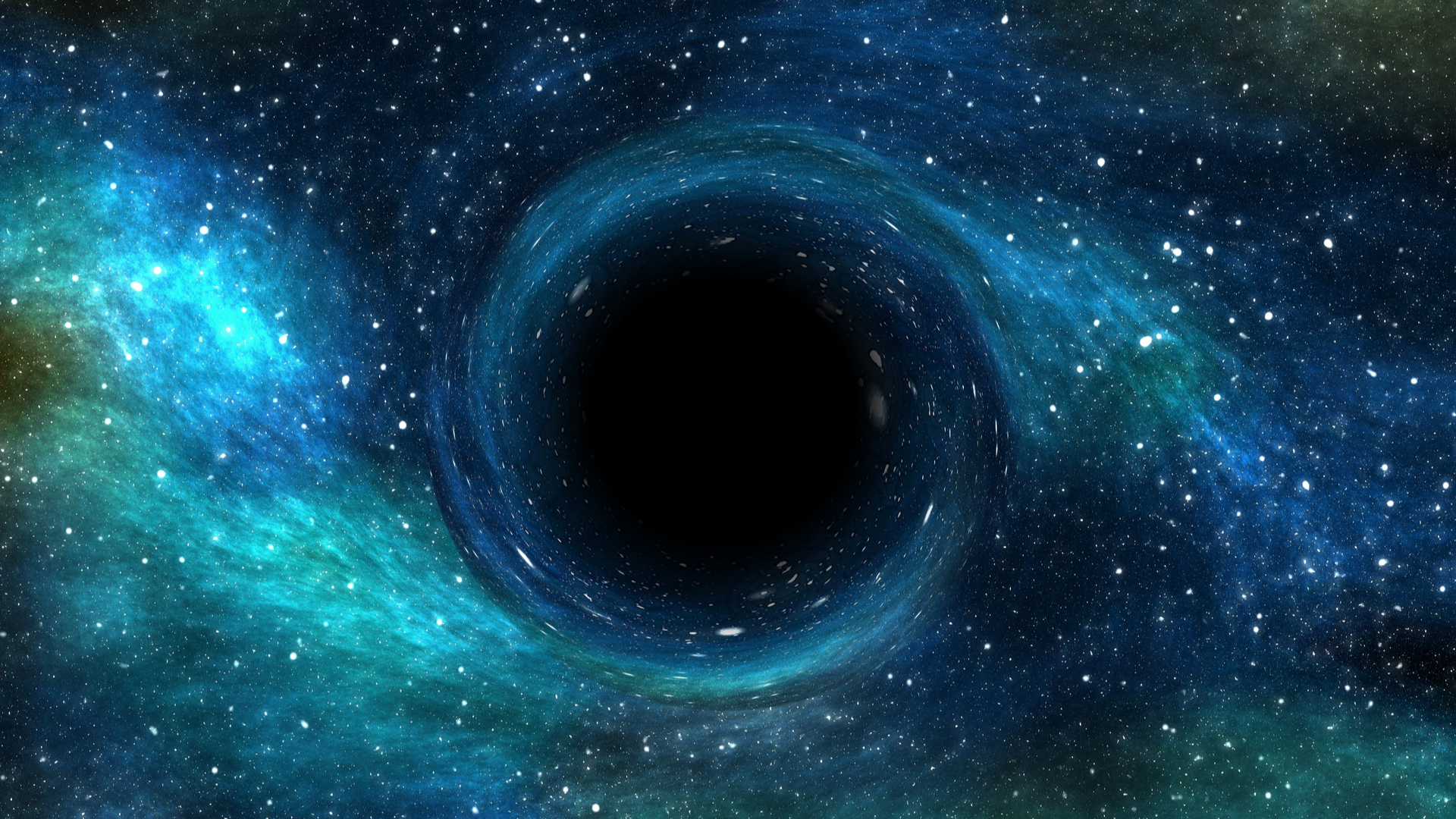#This Newly-Detected “Unicorn” Black Hole Is Super Close to Earth – Review Geek

“#This Newly-Detected “Unicorn” Black Hole Is Super Close to Earth – Review Geek”

Scientists have discovered yet another black hole in our universe, but this one is just 1,500 light-years away from Earth, nicknamed “the Unicorn” black hole. That makes it the closest known black hole to our solar system.
At only three times as massive as our Sun, it’s considered to be a small black hole. The Ohio State University scientists who found it were performing a search for bright stars with nearby “non-interacting” black holes, which means black holes that aren’t siphoning material from said stars.
“The discovery of the Unicorn was serendipitous!” said Tharindu Jayasinghe, doctoral student and presidential fellow at the university, who led the team of astronomers who made the discovery. “However, we have been working on finding these non-interacting black holes for a while now, and this discovery was spurred by this ongoing project.” The black hole got its name due to its location in the unicorn constellation, Monoceros, and also because it’ll afford astronomers a super-rare look at a low-mass black hole.
One of the difficulties in tracking down black holes is that light cannot escape them, which makes them nearly impossible for even the largest light-based telescopes to spot. While black holes that are actively feeding off a star can occasionally produce highly visible light, non-interacting ones don’t. In fact, they can usually only be tracked by radiation bursts or the gravitational influence—known as a tidal distortion—they may have on neighboring stars.
The team of astronomers noticed just such a distortion impacting V723 Mon, a nearby dying star. In their recently published study in the Monthly Notices of the Royal Astronomical Society, the scientists noted that the distortion prompted them to look for the signs of a nearby black hole, which had “to be both much less luminous and significantly more massive than the giant, V723 Mon.”
The distortion was visible as reported by NASA’s Transiting Exoplanet Survey Satellite (TESS), the Kilodegree Extremely Little Telescope (KELT), and the All Sky Automated Survey (ASAS). Later, the team got further confirmation from the Remote Observatory Atacama Desert (ROAD), the Keck Observatory, and the Neils Gehrels Swift Observatory, among other sources.

This isn’t the first time scientists have detected black holes that are near our solar system. In 2020, a different team of scientists shared observations of a potential black hole that’s only 1,000 light-years from Earth, located in a star system named HR 6819. However, another study released a few months later cast doubt on that observation, and scientists haven’t conclusively proved anything further.
“The Unicorn” is a fantastic discovery, and it raises several new questions regarding both the quantity and behavior of non-interacting black holes. Along with his colleagues, Jayasinghe estimates that our galaxy could contain anywhere from 100 to 1,000 “Unicorn-like” black hole systems. The more we can confirm, the more information we’ll have to study this specific type of black hole, and black holes in general.
via Vice
If you liked the article, do not forget to share it with your friends. Follow us on Google News too, click on the star and choose us from your favorites.
For forums sites go to Forum.BuradaBiliyorum.Com
If you want to read more like this article, you can visit our Technology category.



